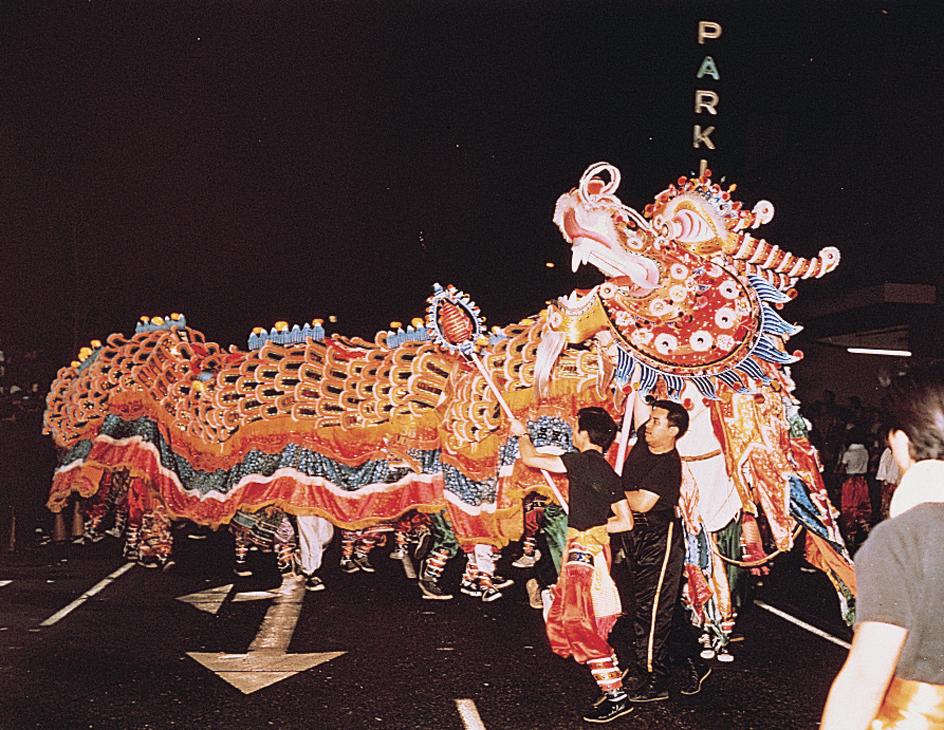Chinese New Year is the most important festival of the Chinese calendar. The date of the Chinese New Year is based on the cycles of the moon. It begins between January 21 and February 20. In ancient China, the monthlong festival marked the end of one farming season and the beginning of a new one. Today, the Chinese New Year festival usually lasts only a few days.

Chinese people prepare for the new year by thoroughly cleaning and decorating the house. Decorations include spring couplets, red paper scrolls with phrases praising the renewal of life and the return of spring.
Family reunions are an important part of the celebration. Family members join in a festive New Year’s Eve dinner. Places are set at the table for absent family members to symbolize the unity of the family. Special foods that symbolize good fortune for the new year are served. For example, rice cakes, called nian gao, are a popular food for New Year’s Eve dinners. The Chinese word nian means year, and gao means high. This food signifies achievement in the new year. Children bow to their parents and grandparents to wish them a long life. Gifts of money in red envelopes are given to children to wish them luck and wealth in the new year.
On New Year’s Day, people visit relatives, neighbors, and friends. Dances featuring colorful dragon and lion costumes are often performed on this day. Parades are a popular New Year’s custom among Chinese communities in the United States and Canada.
See also Calendar (The Chinese calendar) .
